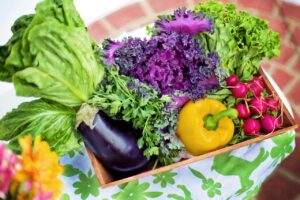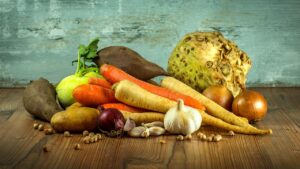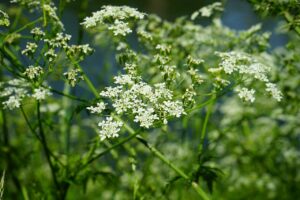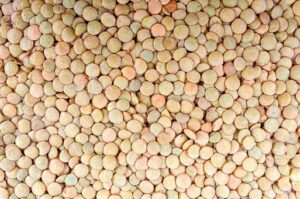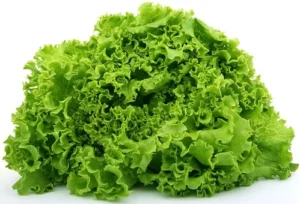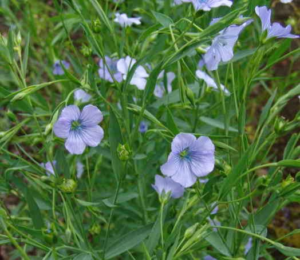
Plant description
Erevinthos the common or Erevinthos the cryomorphic (Lentil) or commonly chickpeas is a plant that is grown for its seeds, chickpeas! Its name is due to the shape of the seed that looks like a ram's head. Chickpea belongs to the legume subfamily. It originates from Asia and is now cultivated in most countries of southern Europe, Asia and America.
It is an annual, herbaceous, dicotyledonous plant, which reaches 60 cm in height. The leaves of the chickpea are winged, compound, consisting of round, light green leaflets with tiny teeth at the edges. The flowers are small, white and grow in the armpits of the branches. The fruits are flattened on the sides and each of them contains 1-2 spores.
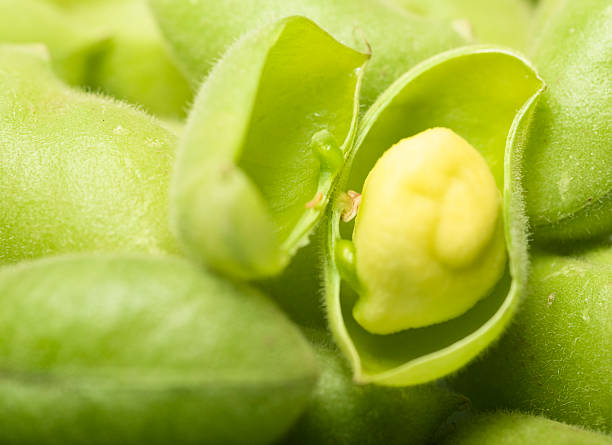
Chickpea cultivation
Chickpea is extremely drought resistant and performs well in poor soils without much care. It has low requirements and can be grown in a wide variety of soils (pH 6-9), from light sandy to clayey. Moderate to heavy soils are favorable as long as they do not hold water, because they do not withstand excessive moisture for a long time. It does not thrive in acidic and saline soils (in acidic soils there are fusariums while in very saline soils).
Enemies and Diseases
The most important disease of chickpeas is the fungus Askohyta, which can completely destroy the crop. The fungus infects all aboveground parts of the plant. The characteristic symptom of the disease is the circular or elongated spots on the leaves, pods and fruits that are surrounded by a reddish-black zone. By choosing a variety resistant to the above fungus, proper crop rotation, certified healthy seed and removal of plant residues in the field, the risk can be avoided.
Its most serious enemies are the lizard, the leafhopper and the green worm. Using healthy certified seed and drying the seeds before storage so that the moisture content of the seeds is not high are some of the cultivation measures to deal with them.
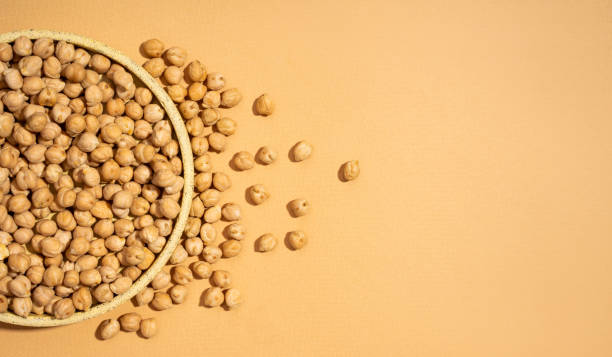
Chickpea ingredients
Chickpea is an important plant source of protein, fiber, carbohydrates and folic acid. It is also rich in vitamins, calcium, iron, magnesium, copper and potassium. It also contains B-complex vitamins as well as vitamin K. The added benefit is that they have low glycemic index levels.
The water content of dried chickpeas ranges from 8-13%, from nitrogenous compounds from 20-30%, from carbohydrates from 55-65%, from fats from 4-6%, from fibrous substances from 2-4% and from ash from 2-3%.
Chickpea is found in the following forms:
- Chickpea flour
- Raw seeds
- Roasted seeds, straws
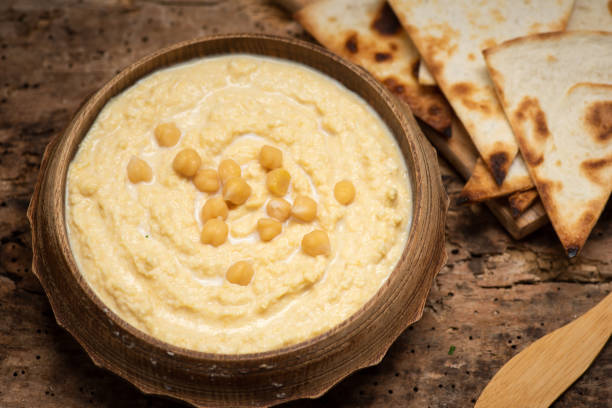
Nutritional value and benefits to our health
- Strengthen the skeletal structure: Phosphorus, calcium, magnesium and vitamin K help maintain bone structure and strength.
- Improving heart function: Fiber helps reduce the amount of cholesterol in the blood thus reducing the risk of heart disease.
- Maintaining body weight: The proteins and fiber of chickpeas promote the feeling of satiety, thus slowing down the process of digestion, thus reducing appetite.
- Blood sugar control: Chickpeas have a low glycemic index and this has the effect of keeping blood sugar levels low.
